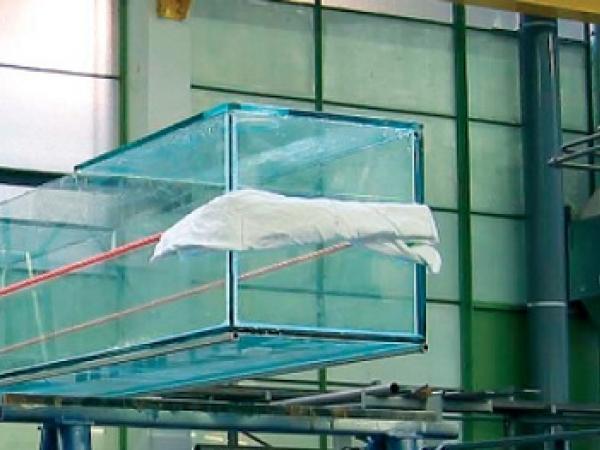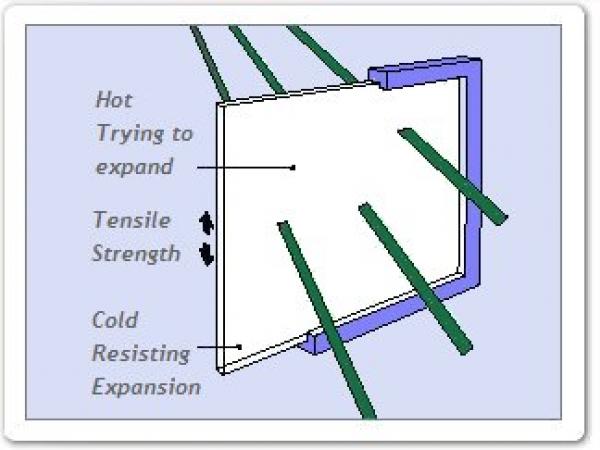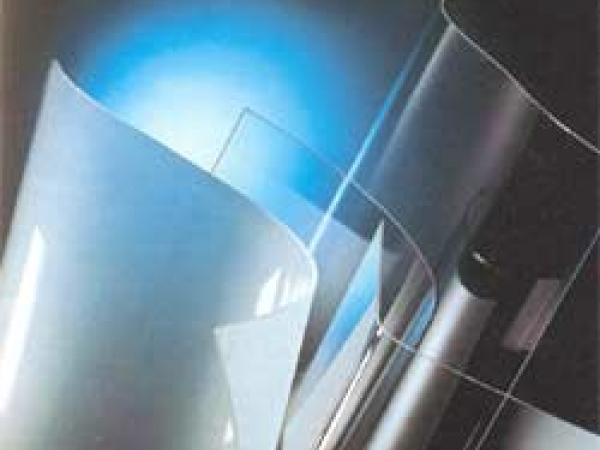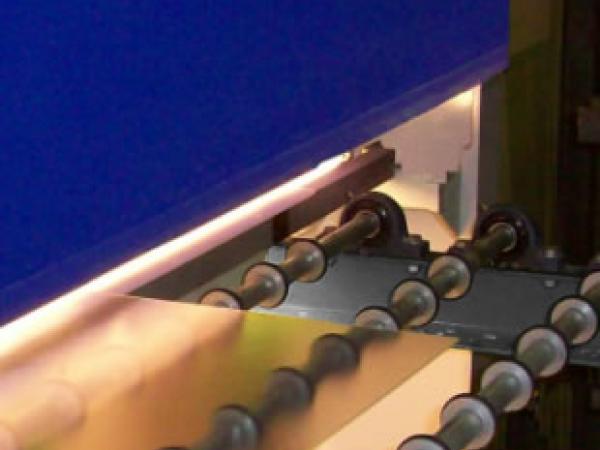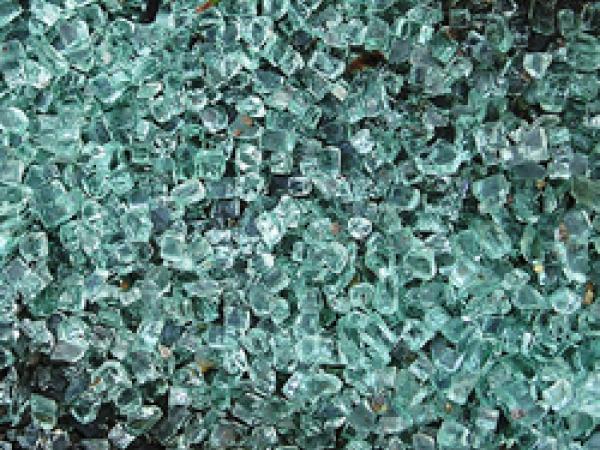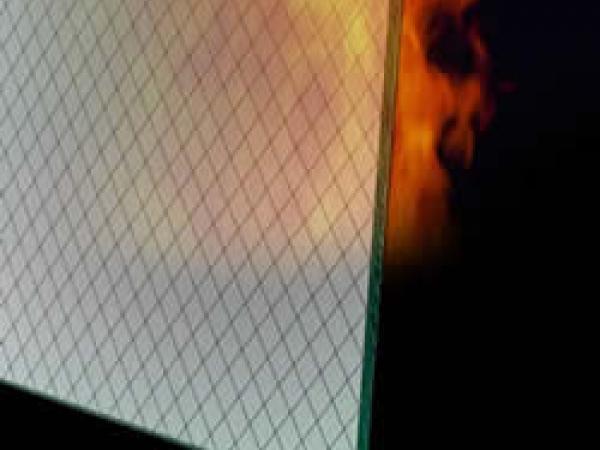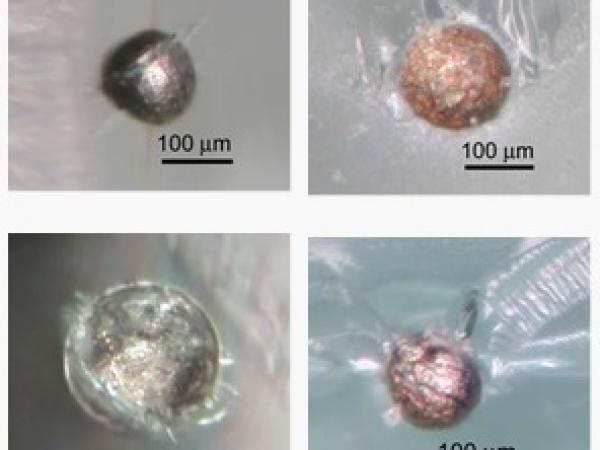Others also read
| Despite the increasing research activity on structural use of glass in the past years, there is still a lack of comprehensive design codes and standards linked to real-life applications on a structural level. However, more and more ambitious buildings and structures are built every year.
| The article presents an overview of research and applications of glass as structural material, cooperating with other materials: steel, timber, glass or carbon fibre composites.
| Differently from traditional structural materials, the structural behaviour of laminated glasses exhibits some anomalies due to the difference in the stressstrain laws of their components: glass is a brittle material, while PVB and SGP are thermoplastic materials with a visco-elastic behaviour.
| Breakage patterns, residual stress, and fractured surfaces on tempered glasses are investigated to find the correlation among glass thickness, tempered level, and the number of fragments, particularly when the glass thickness is less than 4 mm.
| Will glass break if window film is installed to glazing?
| i.lab - Innovation and Technology Central LaboratoryBergamo, Italy - The Plan 060, Settembre 2012Richard Meier & Partners Architects
| In modern high rise building, fully unitised systems are frequently being used in construction to save time and cost. Most of the unitised system comprises of structural aluminium alloy of grade 6063 T5 or T6, with spandrel panel (shadow box) and vision glass.
| Case Studies in Optimization of Glass-panelized Architectural Freeform Designs for the Eiffel Tower Pavilions
| SSV tested thousands of glass panes from 2000 according to the European Standards for thermally toughened safety glass EN 12150 and according to EN 1863 for heat strengthened glass.
| Last week Safety Glass Experts signed a service contract with Romanian safety glass producer Gerom S.A. Buzau.
| Advantages of the use of Radio Wave energy in the forming of glass and of tempering thin glass of less than 3.00mm. Some of the inherent problems in the conventional thermal tempering of thin glass are also presented.
| This information introduces the concept of thermal stress which may be induced in glass as a result of exposure to solar radiation.
| During the past 15 years tempering of bent glass has mainly changed to horizontal methods.
| The current manufacturing of tempered glass is a complex as well as time- and cost-intensive process. Not only long processing times, but also high energy costs have a significant impact.
| We are all wondering what the future will bring. How much will computers improve? Will the global economy boom or bust? Will the mankind explore the space?
| When new installations of flat tempering machines suited for architectural glass are discussed today, the option of convection technology is certain to be raised.
| Typical problems occurring during the heating process Heating is the most typical stage of glass tempering; a lot depend on this stage to bring out the product of high standard. Quality of tempered glass is very much influenced by
| We'll begin with some basic definitions. Just what is fire-rated glass? As the name implies, it is glass that has proven to offer a certain degree of protection in the face of fire. That may sound like a strange task for glass to perform.
| The oscillating horizontal tempering furnace developed in the 1970s has been one of the most significant innovations of recent decades, above all commercially.
| A comprehensive fire protection program addresses at least three things: detection, suppression and compartmentation. Detection devices such as smoke and fire alarms provide early warnings and are essential for alerting people to danger.
| In recent years there have been a number of sensational reports in the media about “glass cancer” and “spontaneous glass fracture”, with stories relating to “glass raining down from highrise buildings”.


